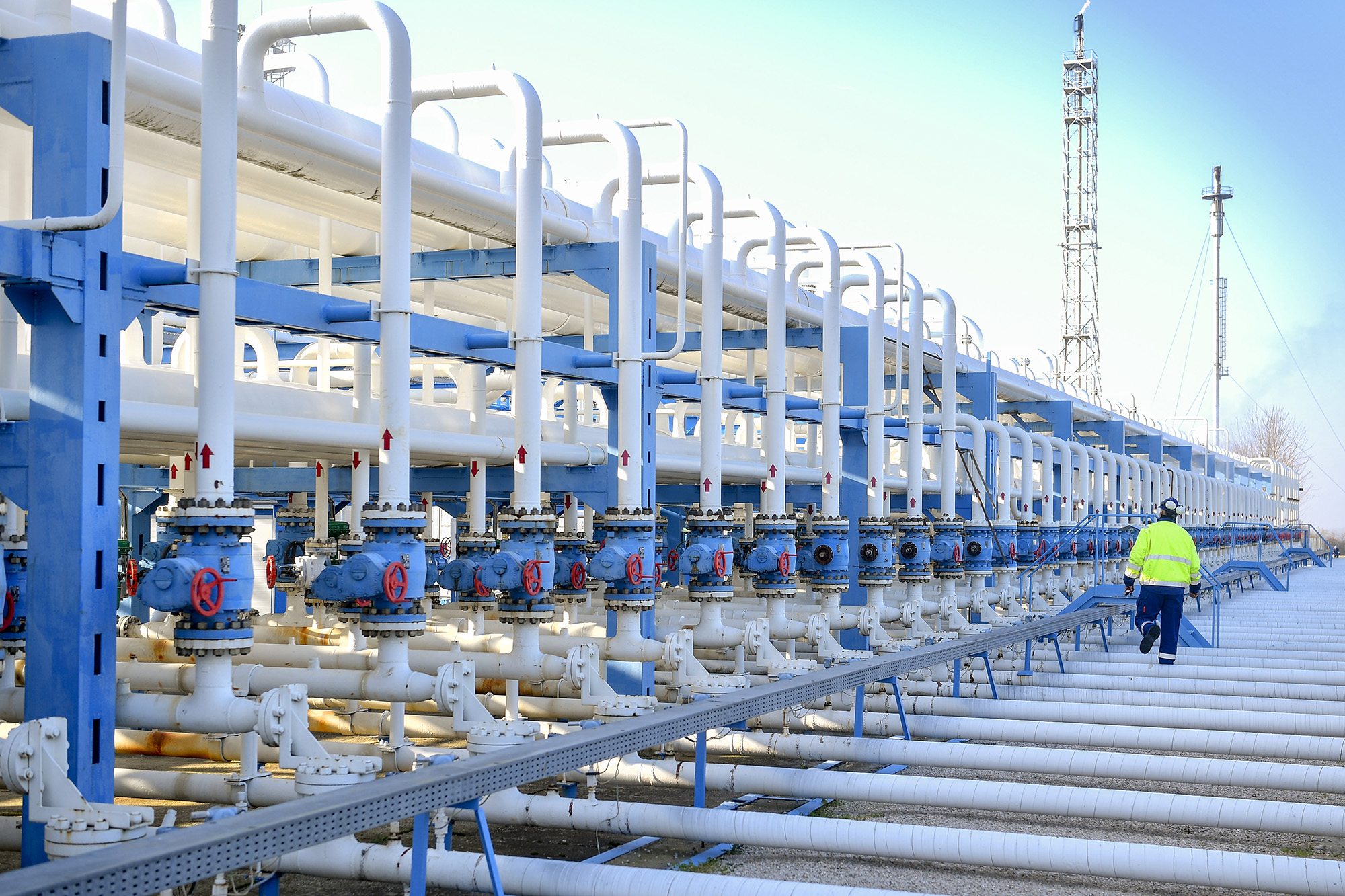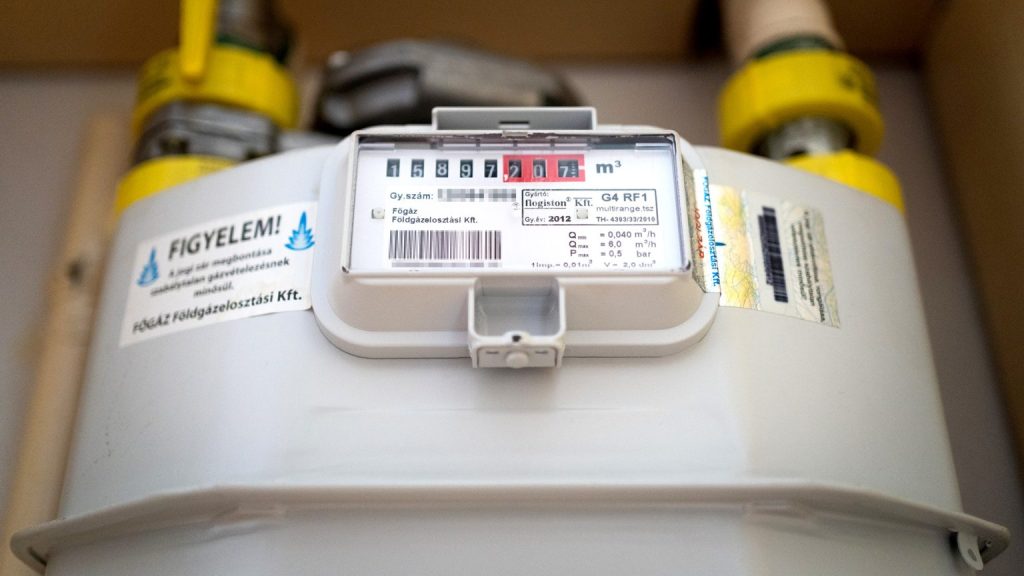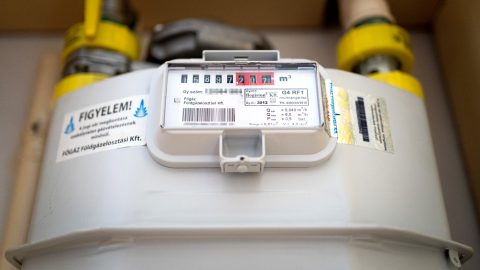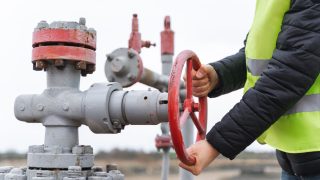In recent weeks, government representatives responsible for natural gas issues have been sounding alarm bells while reiterating that a gas shortage is expected in Europe, and that gas should be purchased regardless of the price.
- When announcing details of the price increase for electricity and gas, utilities commissioner Szilárd Németh said: “Today we need to consider whether there will be gas and oil at all in Europe this autumn and winter.”
- The government assigned Minister of Foreign Affairs and Trade Péter Szijjártó with the procurement of 700 million cubic meters (mcm) of natural gas, contending that it is what’s needed for security of supply. An enormous amount has been allocated for the creation of this “special natural gas reserve” whose upper limit is budgeted at EUR 1.85bn (equivalent to HUF 740bn)
- Soon after, Szijjártó traveled to Moscow to see his counterpart Sergey Lavrov with the aim of contracting gas, but the Russian Foreign Minister did not immediately sign off on a deal, instead offering that the request would be examined.
The impact of the government’s ominous communication on potential fuel shortages, and on the above-average price increase for residential consumers, has not gone unnoticed in Hungary: there has been a rush to stock up on firewood and solid fuel furnaces, while the demand for solar panels and heat pumps has also skyrocketed. Those who can are abandoning natural gas, whose price from this August is set to increase seven times beyond average consumption, and there’s no guarantee it will stop there, or at least it does not bode well for the ability to adjust prices every quarter.
“The Russians want to sell natural gas at least as much as we want to buy it,” energy expert and former deputy state secretary Attila Holoda contends. They’ve been playing a political game since last fall, as they have been cutting back on deliveries to Europe, which has raised prices quite a bit.
They’re delivering less, but at higher prices, so their earnings are the same, and in the meantime they’re creating fear through the prospect of the gas being turned off.
Only one-fifth of the capacity of Nord Stream 1, the largest capacity gas export route to Europe which makes landfall in Germany, is being delivered. It is typical that upon the news of the capacity reduction the price of gas jumped by EUR 40 on the Dutch TTF gas futures market, with deals having been made at around EUR 200 euros on it at the time of this article’s publication.
It is worrying, in and of itself, that gas is only trickling to Germany, the largest European user, but so is the fact that
and has also completely ceased deliveries to the three Baltic countries, and to Finland after having canceled the construction of a Russian nuclear power plant, as well as to Poland and Bulgaria.
Despite that, experts argue that European buyers are important for Russia, which even in peacetime cannot divert all shipments of its entire 170-200 billion cubic meters (bcm) of supply to Asia in a short period of time, because although China and India would be able to absorb large quantities, they have not built up the necessary transit infrastructure to do that.
“As we have import contracts, theoretically there is no danger of Gazprom stopping the supply,” says Holoda, who adds, “at least the government’s pro-Russian stance, as manifested in its EU vetoes, is not a reason for taking such action.”
Gas storage facilities
Much less gas is being stored in Hungary at present than in the previous two years in mid July. According to a diagram from the office of energy affairs, the capacity in 2020 was 5.4 bcm and 4.5 bcm in 2021, while this year that figure stands at 2.84 bcm. Holoda contends the actual figure could lie in a range of 3.1–3.2 bcm.
FM Szijjártó recently stated that 28.5 percent of Hungary’s total annual consumption is in the country’s storage facilities. This does not look good considering that roughly two-thirds of Hungary’s consumption, 6 bcm, occurs in the period between November and March.
Holoda, however, interprets the situation differently. “If Hungary’s storage capacity were full, it would contain 65 percent of the country’s annual consumption. In the previous two years, these storage facilities were almost full because an orchestrated transition was taking place: preparations were being made for the shutdown of the pipeline coming from Ukraine and the commissioning of a pipeline coming from Turkey, Bulgaria and Serbia,” he reports.
Before 2020, it was not typical for Hungary to start the winter season with gas storage completely full. Incidentally, a country’s natural gas supply does not depend solely on the stored quantity – no one stores the entire winter or annual quantity in advance, nor could they. Poland, for example, has an annual consumption of 18 bcm and only 3 bcm of storage capacity, which is half as much as Hungary’s. Basically, Hungary’s supply of natural gas is supported by three pillars: in addition to storage, an import mix and domestic production provide security of supply.
Holoda continually monitors Hungary’s gas flow and has not observed any recent disturbances in supply: “The annual volume from the south is 3.5 bcm, and 15-16 mcm arrives daily from Serbia, but deliveries of gas also emanate from Austria, Croatia, and sometimes even Slovakia and Ukraine as well.
If it were possible to increase the stored amount to 4-4.5 bcm by 20 September, the end of the storage period, it would represent a secure level suitable for supplying residential consumption.
„This much could come in the remaining short two months, so there’s no need to worry for now, because although the situation is not good, it is not tragic,” said Holoda.

HUF 1,000/m3 gas price on the horizon
If there is no imminent danger in the end, then the question arises, why is the purchase of 700 million cubic meters (mcm) of gas as quickly as possible, and at any available price, necessary? According to Holoda, this is duplicity related to the government’s utility costs’ reduction program.
We have heard from the Prime Minister that last year’s utility reduction – due to the difference between frozen residential tariffs and stagnant market prices – caused a HUF 300 billion loss. To offset this, last year, when the price rise began, supplies that had previously been purchased at a cheaper price were utilized: namely, 600 mcm and another 100 mcm of cushion gas were released from the strategic storage reserve. These must be replaced (for one, the cushion gas by September), meaning that the 700 mcm mentioned by Szijjártó is a replacement for previously used stocks.
“However,” he continues, “this replenishing seems to be quite an expensive pastime.The EUR 1.85 billion allocated for the purchase of the special reserve – if the entire amount is used – makes for a price of EUR 237/MWh, which is equivalent to HUF 1,000 per cubic meter of gas.” He adds,
They’re throwing around huge numbers.
Holoda points out that at the time of Szijjártó’s visit to Moscow, the TTF price ranged EUR 160-170, which was roughly EUR 100 more per thousand cubic meter than on the spot market, a calculation based upon the current price of the most expensive procurement source. However, the basis for Szijjártó’s negotiation is even higher than the prices seen at the time of this article’s publication, which were in the neighborhood of EUR 200. This is a business deal twice the size of the HUF 300 billion purchase of medical ventilators made by the government during the Covid pandemic, even if it is not so outrageously overpriced.
Entire EU economy threatened by weaponization of Russian gas
Policymakers in Brussels are not nearly as optimistic as Holoda, not trusting that Russia will leave the gas taps open for the sake of revenues. The EU’s official stance according to its website is that the EU is facing a potential security of supply crisis: the amount of gas coming from Russia has significantly decreased, and
Although not all member states are currently experiencing significant risks related to the security of supply, serious gas supply disruptions affecting individual member states would inevitably affect the EU economy as a whole. That is why they accepted a proposal that the member states voluntarily reduce gas demand by 15 percent this year, with such savings enabling them to prepare for possible gas supply disruptions before the winter.
“As the only one not to vote for the EU’s proposal, and also due to the government’s interpretation of the measure, with emergency solidarity having been turned into an appropriation of Hungarian gas, Hungary has become an absolute black sheep,” Holoda comments.. “This sends a terribly bad message to a club where solidarity towards each other is the basic rule.”
Hungary wants no part of that, as the country most exposed to imports and in the most vulnerable situation, one which would need the help of its neighbors to the greatest extent in the event of a crisis. Hungary is doing well for now, at least according to the conclusions of State Secretary for Foreign Affairs Tamás Menczer, who has communicated that 7 bcm of Hungary’s annual gas demand of 9-10 bcm is covered by long-term contracts and domestic production: 4.5 bcm from Russia, 1 bcm from Shell at the LNG terminal in Krk, Croatia, while efforts are being undertaken to increase domestic production from 1.5 bcm to 2 bcm, with purchase of the remaining 2-3 bcm from the spot market.
(Translation: Drew Leifheit)
Cikkünk magyarul itt olvasható:





